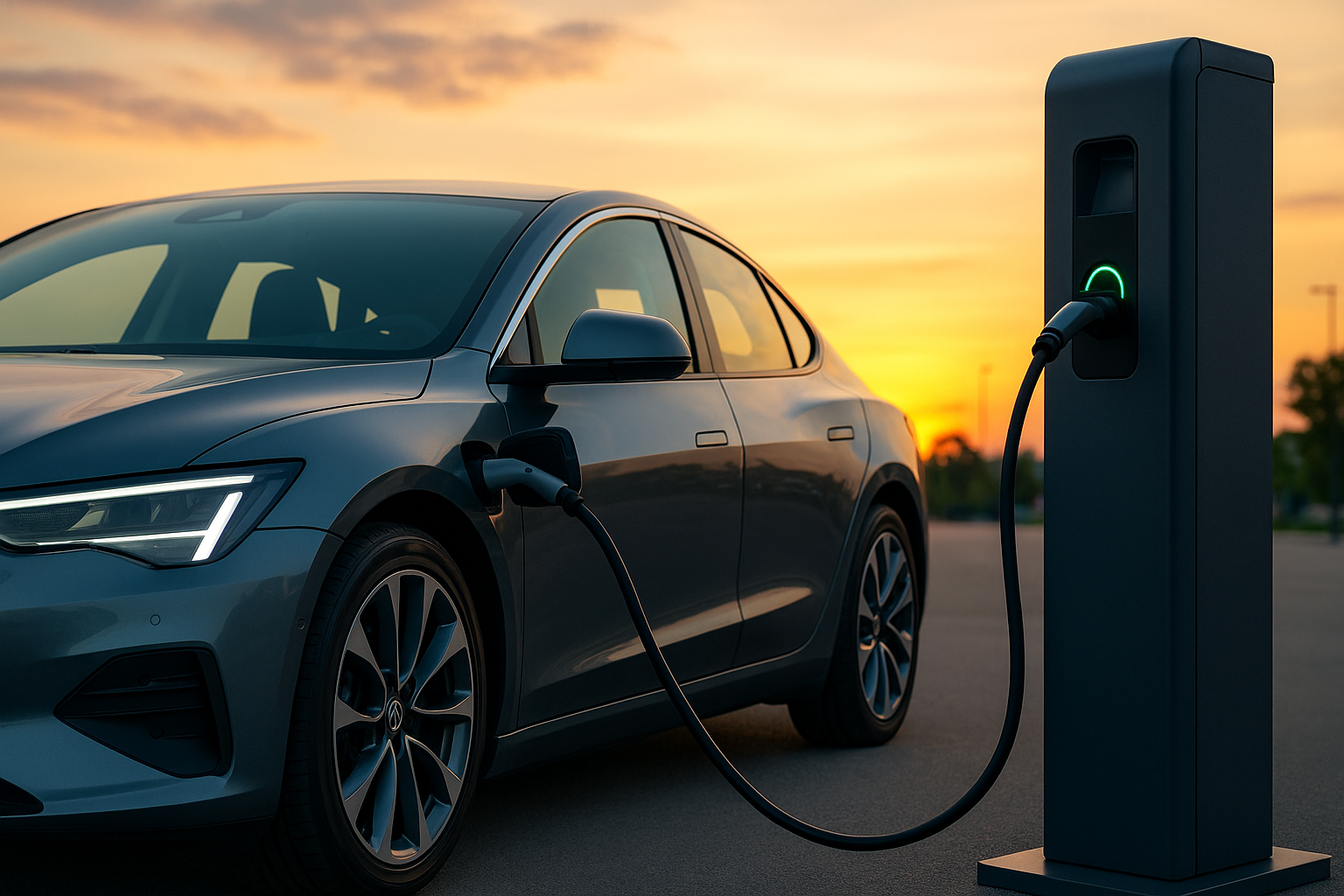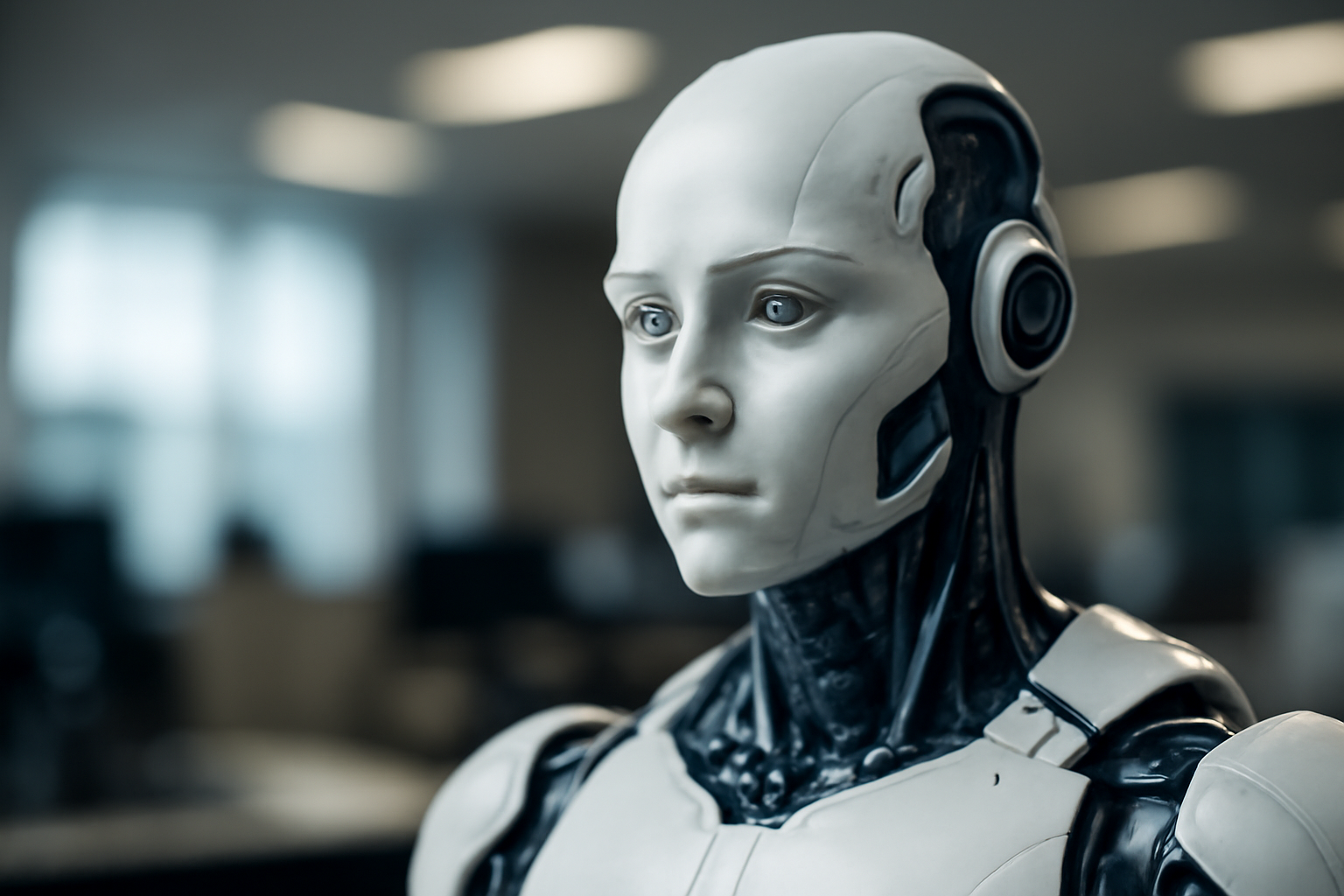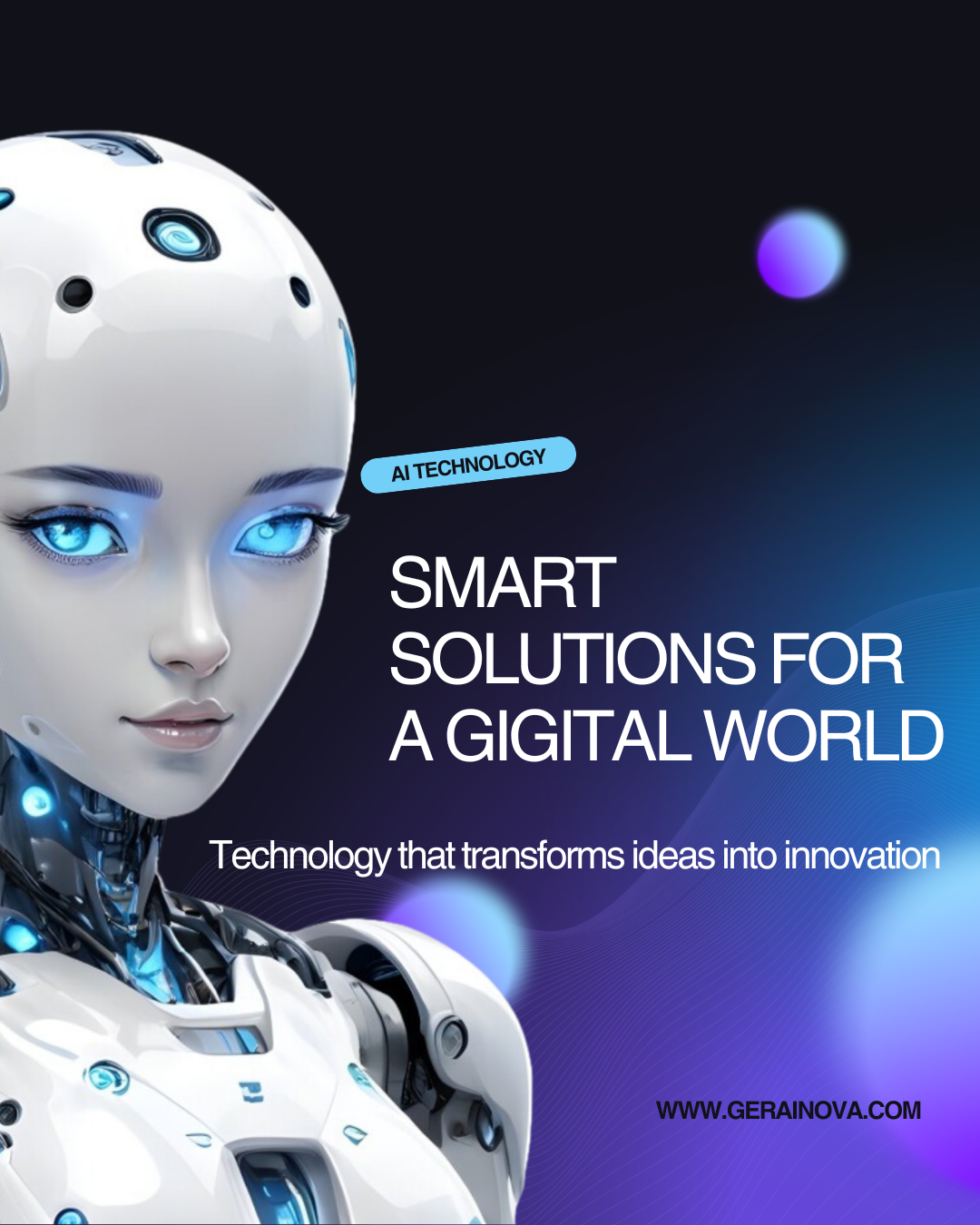Not long ago, electric cars (EVs) were seen as futuristic, experimental, or limited to wealthy early adopters. Today, they are at the center of a revolution reshaping one of the world’s oldest and most powerful industries: automotive.
Electric vehicles are not just a trend. They represent a paradigm shift in how we think about transportation, energy, sustainability, and even technology itself. Whether you’re a car enthusiast, an investor, a commuter, or simply curious, understanding how EVs are transforming the industry is essential.
In this article, we’ll explore how electric cars are disrupting the automotive world—from manufacturing and design to infrastructure and consumer behavior—and what this means for the future of mobility.
A Brief History of the Electric Car
Surprisingly, electric cars are not a new concept. In the late 1800s and early 1900s, electric vehicles were fairly common, competing with steam and internal combustion engines. But as gasoline became cheaper and more accessible, electric cars faded into obscurity.
Fast forward to the early 2000s, and EVs began re-emerging with models like the Toyota Prius (a hybrid) and later, the Tesla Roadster, which changed the public perception of what electric vehicles could be.
Today, nearly every major carmaker is investing in electric technology, and many countries are setting deadlines to phase out internal combustion engine (ICE) vehicles entirely.
Why Electric Cars Are Gaining Ground
Several forces are driving the rapid adoption of EVs:
🌍 1. Environmental Concerns
EVs produce zero tailpipe emissions, making them a powerful tool in the fight against air pollution and climate change. With global CO₂ reduction targets becoming stricter, governments and companies alike are promoting electric mobility.
🔋 2. Advancements in Battery Technology
Modern EV batteries are cheaper, lighter, and more efficient than ever. The development of lithium-ion and solid-state batteries has led to longer ranges and shorter charging times, reducing “range anxiety” significantly.
💸 3. Cost of Ownership
Though EVs can be more expensive upfront, they cost less to maintain and operate. No oil changes, fewer moving parts, and lower fuel costs translate to savings over time.
⚡ 4. Consumer Demand for Innovation
Consumers are increasingly tech-savvy and environmentally conscious. EVs often come with cutting-edge features like autonomous driving, advanced infotainment systems, and over-the-air software updates.
Changing the Manufacturing Landscape
Electric vehicles are pushing automakers to rethink everything, from supply chains to assembly lines.
1. Simpler Engineering
EVs have fewer moving parts than gasoline vehicles. No engine, no transmission, no exhaust system. This simplifies production and reduces the need for specialized mechanical parts.
2. Vertical Integration
Companies like Tesla are adopting vertical integration, producing their own batteries and software. This reduces reliance on suppliers and increases control over the final product.
3. Software-Defined Vehicles
Cars are no longer just machines—they’re computers on wheels. Manufacturers are hiring more software engineers than mechanical ones. OTA (over-the-air) updates are becoming standard, allowing cars to improve over time without visiting a service center.
Impact on Legacy Automakers
Traditional car companies like Ford, GM, Volkswagen, and Toyota have been forced to accelerate their EV plans or risk becoming irrelevant.
Real Examples:
- Volkswagen plans to invest over $100 billion in EV development by 2030.
- General Motors announced it will stop selling gasoline-powered cars by 2035.
- Ford launched the electric F-150 Lightning, tapping into the pickup truck market with great success.
Many of these automakers are also launching entire sub-brands dedicated to electric vehicles, such as:
- Audi e-tron
- Mercedes EQ
- BMW i Series
- Hyundai Ioniq
This is not just a transition—it’s a complete business transformation.
New Players in the Game
The EV revolution has also created space for startups and new competitors.
Companies Making Waves:
- Tesla – Still the leader in innovation and brand power.
- Rivian – Focused on electric trucks and SUVs, backed by Amazon.
- Lucid Motors – Premium EVs with impressive range and performance.
- BYD (China) – One of the world’s largest EV manufacturers.
- NIO (China) – Known for battery-swapping technology.
These companies are not only building new cars but new ecosystems, often integrating energy storage, solar solutions, and mobility services.
Infrastructure: Charging Ahead
An electric future requires more than just electric cars—it demands a robust charging infrastructure.
1. Home Charging
Most EV owners charge their vehicles at home overnight using Level 2 chargers. This convenience is a major selling point.
2. Public Charging Stations
Governments and private companies are rapidly expanding public charging networks:
- Tesla Supercharger Network – Fast and exclusive, now opening to other brands in some regions.
- Electrify America – Backed by Volkswagen, expanding across North America.
- Ionity – A European fast-charging network backed by BMW, Ford, Hyundai, and others.
3. Ultra-Fast Charging
New chargers can now deliver 80% battery in 15-30 minutes, making EVs viable for long-distance travel.
4. Wireless and Solar Charging (Emerging)
Companies are experimenting with inductive charging pads and solar-powered stations, aiming to make EV charging as effortless as possible.
Economic Impacts
The shift to EVs is having massive ripple effects across global economies.
🔧 1. Job Creation (and Displacement)
EV production creates jobs in software, battery manufacturing, and clean energy—but also threatens jobs in traditional auto parts manufacturing and oil industries.
Governments and unions are working to reskill workers and ensure a just transition.
💰 2. Investment and Innovation
Billions are being poured into R&D, startups, and infrastructure. Entire sectors are being created around battery recycling, grid integration, and smart charging solutions.
Environmental Benefits and Challenges
Electric cars are a critical part of the climate solution, but they are not without challenges.
✅ Benefits:
- Zero tailpipe emissions
- Reduced noise pollution
- Lower lifecycle carbon footprint, especially when powered by renewables
- Less dependence on fossil fuels
⚠️ Challenges:
- Battery mining involves lithium, cobalt, and nickel—often extracted under harmful conditions.
- Electricity sources matter: EVs are cleaner if charged with clean energy.
- Battery recycling is still developing, though promising technologies are emerging.
Overall, the net environmental impact of EVs is significantly lower than internal combustion engines—but continuous improvement is essential.
Government Policy and Global Goals
Governments worldwide are playing a key role in accelerating EV adoption.
Policies Include:
- Subsidies and tax incentives for EV purchases
- Zero-emission vehicle mandates
- Investments in charging infrastructure
- Bans on new fossil fuel cars (e.g., by 2035 in the EU and California)
These policies create a clear message: the future of mobility is electric.
Consumer Behavior and Cultural Shift
Beyond economics and policy, a cultural transformation is happening.
Drivers of Change:
- Environmental awareness among younger generations
- Desire for high-tech features
- Increased trust in electric vehicles
- Rising fuel prices
Car ownership is becoming less about horsepower and more about efficiency, experience, and sustainability.
Future Innovations to Watch
The EV revolution is just beginning. Here are some exciting trends shaping the next wave:
1. Solid-State Batteries
These promise faster charging, longer range, and better safety. Toyota and others aim to release solid-state battery EVs in the near future.
2. Vehicle-to-Grid (V2G) Technology
EVs can store energy and feed it back into the grid, helping balance electricity demand and support renewable energy.
3. Autonomous EVs
Self-driving electric vehicles will change how we think about ownership and mobility, especially with robotaxis and car-sharing platforms.
4. Battery Swapping
Instead of waiting to charge, some companies offer quick battery swaps—a popular model in parts of Asia.
5. Sustainable Manufacturing
Brands are working on net-zero factories, recyclable interiors, and low-impact materials to make EVs even greener.
Practical Tips for New EV Buyers
Thinking about switching to an electric vehicle? Here are a few tips:
✅ 1. Assess Your Driving Habits
Most EVs today offer 250-400 km range, more than enough for daily commutes. If you take frequent long trips, look into fast charging networks.
✅ 2. Install a Home Charger
Level 2 chargers are relatively affordable and make overnight charging easy and efficient.
✅ 3. Research Incentives
Check government programs, tax credits, or discounts for EVs and chargers in your region.
✅ 4. Think Beyond Tesla
Tesla makes excellent vehicles, but many brands now offer competitive alternatives—Hyundai, Kia, Ford, VW, and Volvo among them.
✅ 5. Consider Used EVs
The used EV market is growing. Just ensure the battery health is still solid and that the car supports current charging standards.
Final Thoughts: The Road Ahead Is Electric
Electric vehicles are not just changing what we drive—they’re transforming how we live. They touch every part of society: our environment, our economy, our cities, our jobs, and our daily routines.
This is more than an industrial shift—it’s a global movement toward a smarter, cleaner, and more connected future.
Whether you’re a car buyer, an entrepreneur, a tech enthusiast, or simply someone who cares about the planet, one thing is clear:
The future of the automotive industry isn’t just about speed or luxury.
It’s about sustainability, innovation, and bold transformation—and electric cars are leading the way.



















